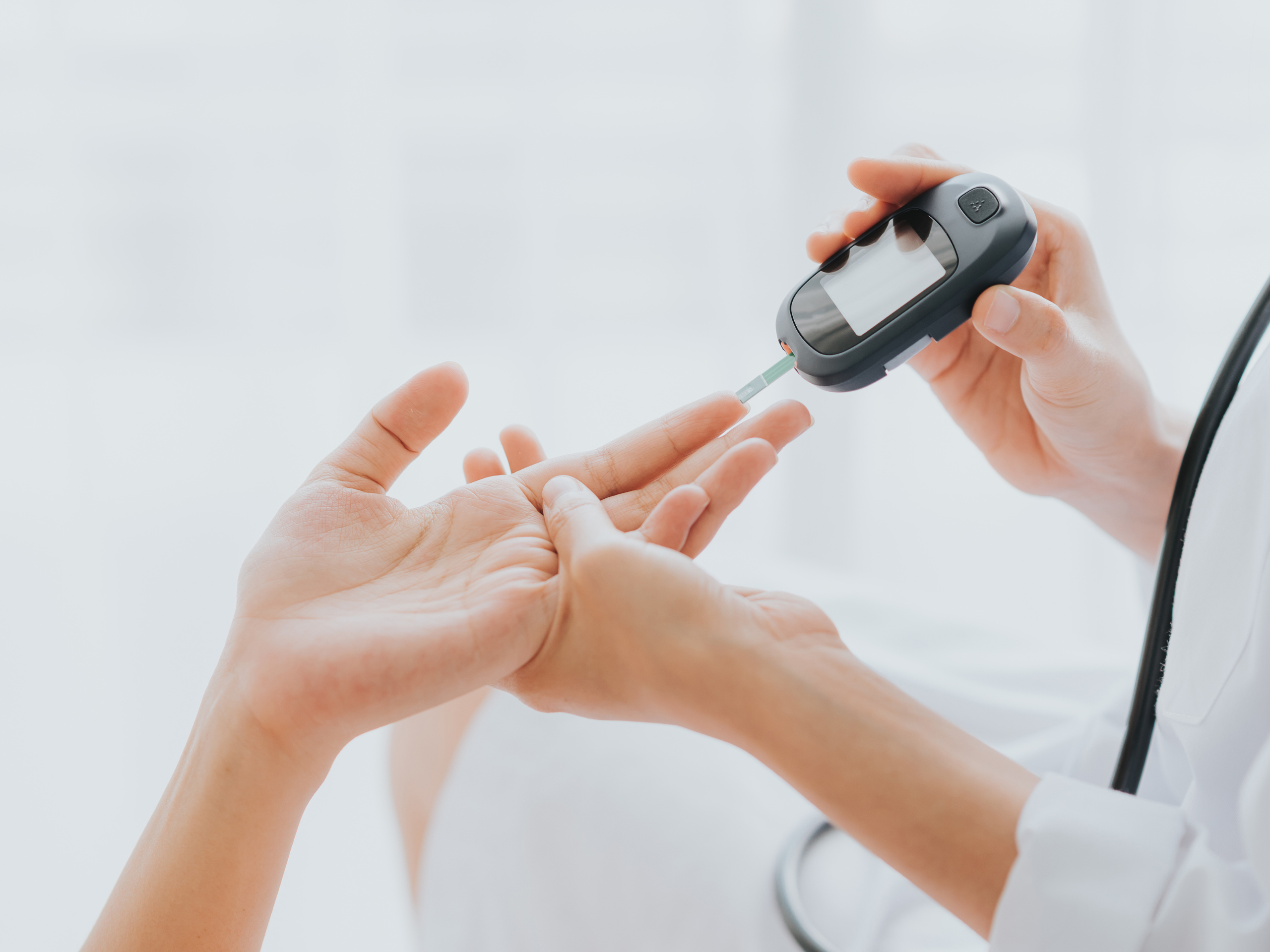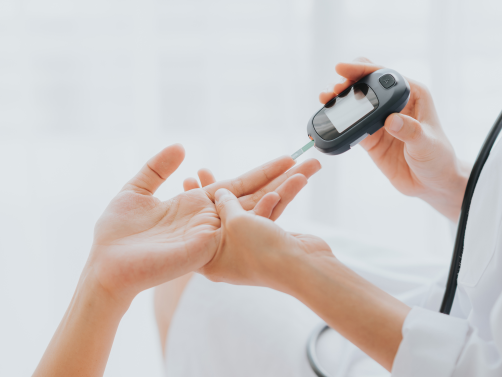A quiet coffee break turned critical in seconds.
Trauma nurse Catherine Rodwell shares how quick action—and a teaspoon of syrup—helped save a life during a sudden diabetic emergency. Whether you’re a parent, teacher, or just someone who wants to be prepared, this story is a powerful reminder of why first aid knowledge matters.
It was an ordinary morning at my favourite local coffee shop—until it wasn’t. As a trauma nurse and founder of Survival® CPR, I’ve learned to notice subtle signs that something’s off. That day, I spotted a couple at a corner table: the gentleman looked pale, beads of sweat glistened on his forehead, and he seemed to be fading in and out of awareness.
Instinct took over. I approached them and introduced myself. His partner was visibly panicked, her eyes darting around for help. I knelt beside him and calmly asked, “Do you have chest pain?” His breathing was shallow and erratic, and he was nearly unresponsive. Sensing the urgency—and drawing on my years of experience in ICU and field rescues—she whispered, “He’s diabetic.”
In diabetic emergencies, time and sugar are critical. I instructed the waiter to bring syrup (avoiding honey due to allergy risks). With careful precision, I placed half a teaspoon of syrup under his tongue. The sublingual route ensures the fastest absorption without risking aspiration, which can happen if someone is semi-conscious and tries to swallow.
While waiting, I loosened his collar and sponged his face with a damp cloth. Within moments, colour returned to his cheeks and his eyes regained focus. He blinked, then smiled with relief. A simple intervention—giving sugar—had reversed his hypoglycemic state.
Why Sugar, Not Insulin?
- Hypoglycemia vs. Hyperglycemia: You can’t tell on sight whether a diabetic’s blood sugar is too low (hypo) or too high (hyper) without testing.
- Safety First: Administering insulin to someone already low on sugar can plunge them further into danger, potentially causing loss of consciousness or worse.
- Sugar Has No Downside: If their blood sugar is high, a small amount of sugar won’t harm them, but if it’s low, it can save a life.
After he stabilized, I urged them to follow up with their doctor within the next 12–24 hours to monitor his glucose levels and adjust his management plan.
By Sister Catherine Rodwell
Founder, Survival® CPR
About the Author:
Founded in 2001 by Sister Catherine Rodwell—a seasoned trauma and ICU expert who has led medical evacuations across Africa—Survival® CPR empowers parents, nannies, childminders, teachers, and employees with life-saving skills. Catherine’s mission is to equip everyday heroes with the confidence and know-how to respond effectively in emergencies.
Feeling inspired to become the calm in a crisis?
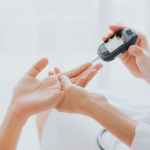
Managing a Diabetic Emergency
A quiet coffee break turned critical in seconds.Trauma nurse Catherine Rodwell shares how quick action—and a teaspoon of syrup—helped save a life during a sudden diabetic emergency. Whether you’re a parent, teacher, or just someone who wants to be prepared, this story is a powerful reminder of why first aid
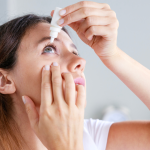
Clear Vision: Eye-Injury Emergency Steps
Your eyes are delicate and exposed, making them especially vulnerable to sudden injuries — whether from chemical splashes or small foreign objects like dust, metal shavings, or wood splinters. Knowing how to respond quickly and correctly can protect vision, reduce damage, and prevent long-term complications. Here’s a simple guide to
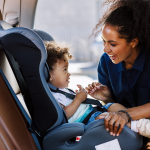
Strap In for Safety: Master Baby Car Seat Use
A correctly installed car seat is your child’s first line of defense on the road. Every year, misuse or poor installation contributes to preventable injuries during vehicle accidents. In this guide, we’ll cover the essentials of choosing, installing, and adjusting your baby’s car seat — so you can drive with
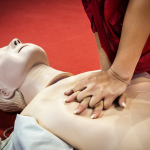
Why Everyone Should Learn CPR
In an emergency, the actions you take in the first few minutes can mean the difference between life and death. Cardiopulmonary resuscitation (CPR) is one of the simplest and most effective ways to help save a life — and yet, many people still don’t feel confident enough to use it

Who & When to Call Emergency Services
In an emergency, every second counts — but knowing when to call for help can make all the difference. Whether it’s a medical crisis, accident, or unexpected health scare, many people hesitate or second-guess themselves in the moment. That delay can be dangerous. The truth is, it’s better to call
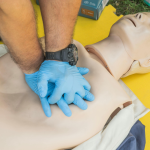
Top 5 CPR Myths Debunked!
When it comes to CPR (Cardiopulmonary Resuscitation), misinformation is everywhere. These myths can prevent people from stepping in to help when every second counts. At Survival CPR, we believe knowledge is power—and in this case, it could be life-saving. Separate fact from fiction and empower yourself to act confidently
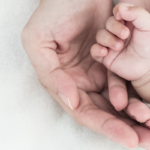
About
Welcome Founded in 2001 by Sister Catherine Rodwell, a seasoned trauma and ICU expert with extensive experience in medical evacuations across Africa, Survival® CPR is dedicated to empowering individuals with life-saving skills. Her mission is to equip parents, nannies, childminders, teachers, and employees with the knowledge and skills to respond

Scholars CPR and First Aid Course
Scholars CPR and First Aid Course Children can save lives! Our Scholars CPR and First Aid Course is tailor-made for young children from the age of 9 to 18. This vital course will enable young and older children to know how to handle an accident or emergency involving children and
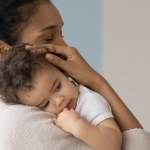
Baby and Child CPR and First Aid Course
Baby & Child CPR and First Aid Course Our Baby and Child CPR and First Aid Course is tailor-made for parents. This vital course will teach a parent how to handle an accident or emergency involving babies and children. You will learn how to handle all First Aid emergencies as

